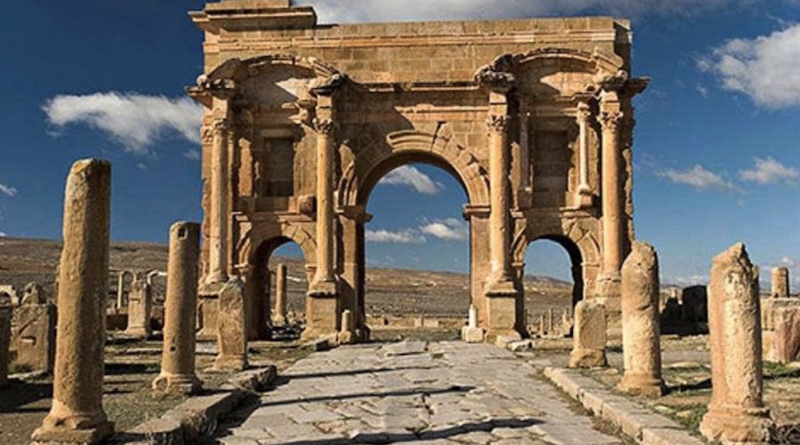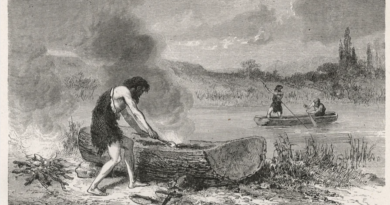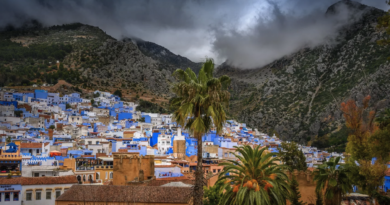Discover Algeria’s UNESCO World Heritage sites
Algeria is the largest country in Africa. Within its vast land, and combined with a rich history, Algeria offers immense diversity. Among many of its tourist attractions, 7 sites are recognized as UNESCO World Heritage. Among these, 6 sites are of cultural significance.
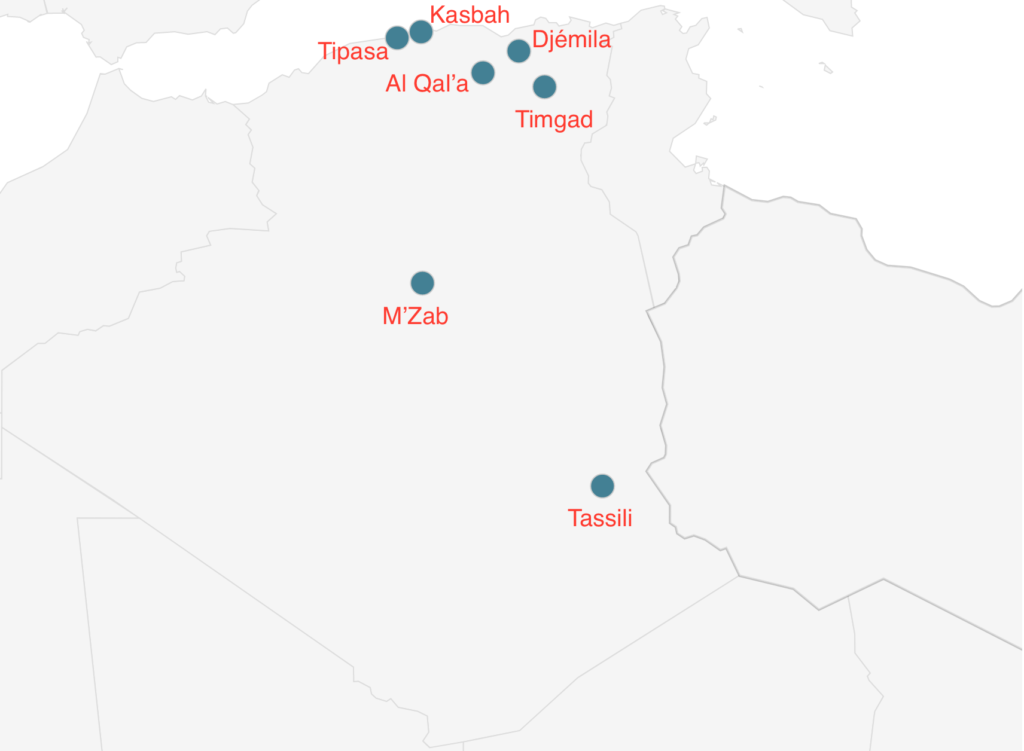
Timgad (1982)
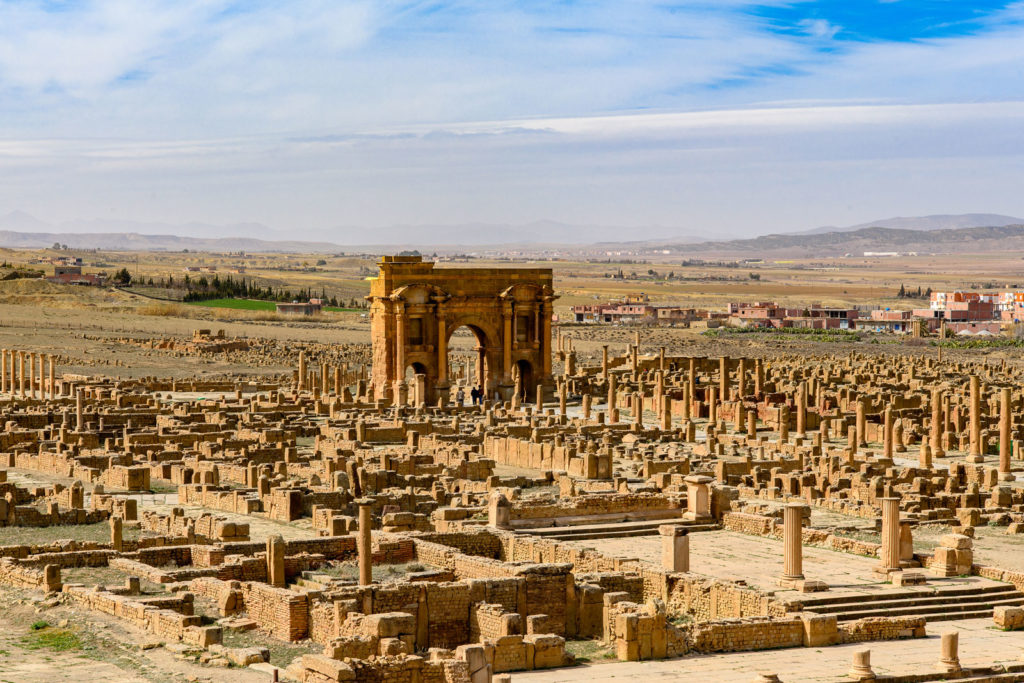
Timgad is a UNESCO World Heritage recognized and is a fantastic example of a Roman colonial town. Set in the lush hills of the northern Aurès Mountains, some of the must see points of interest at this fascinating sight include the Trajan Arch, which was restored at some point in the second century, and the Capitoline Temple.
The latter is dedicated to Jupiter and is approximately the same size as the Pantheon in Rome. It is also one of the best examples of the logistics of Roman town planning, if that’s the kind of thing that floats your boat.
Tassili n’Ajjer (1982)
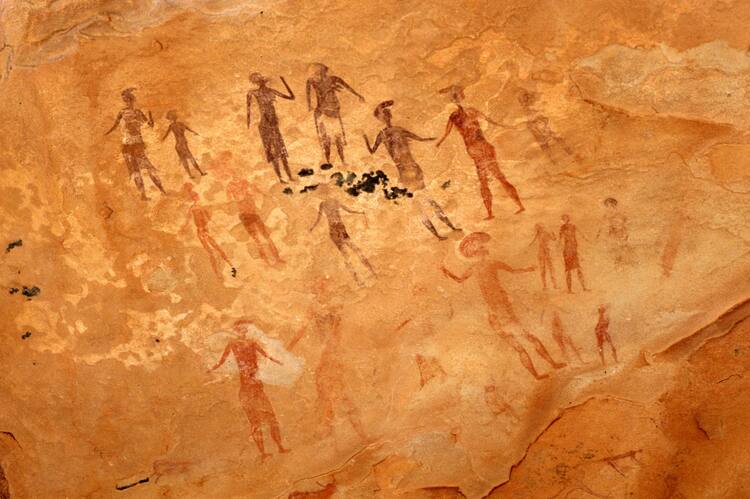
Tassili is home to one of the most important prehistoric cave art in the world. In this site more than 15,000 drawings and engravings are to be found. They show evidence of the climatic changes, animal migrations and evolution of human life on the edge of the Sahara from 6,000 B.C. to the first centuries of the present era.
Djémila (1982)
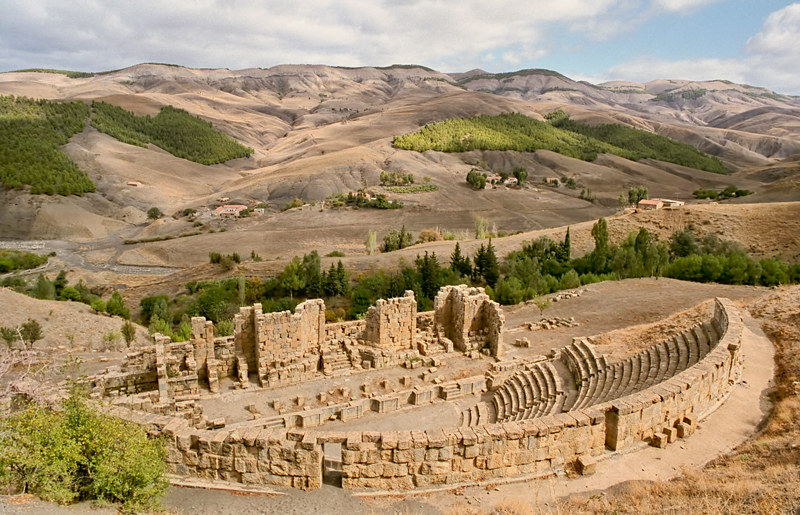
Djémila is one of the cultural UNESCO World Heritage Sites in Algeria. It was inscribed in 1982 and encompasses a small mountain village in Algeria.
Situated 900m above sea-level, Djemila, or Cuicul, with its forum, temples, basilicas, triumphal arches and houses, is an interesting example of Roman town planning adapted to a mountain location.
M’Zab Valley (1982)
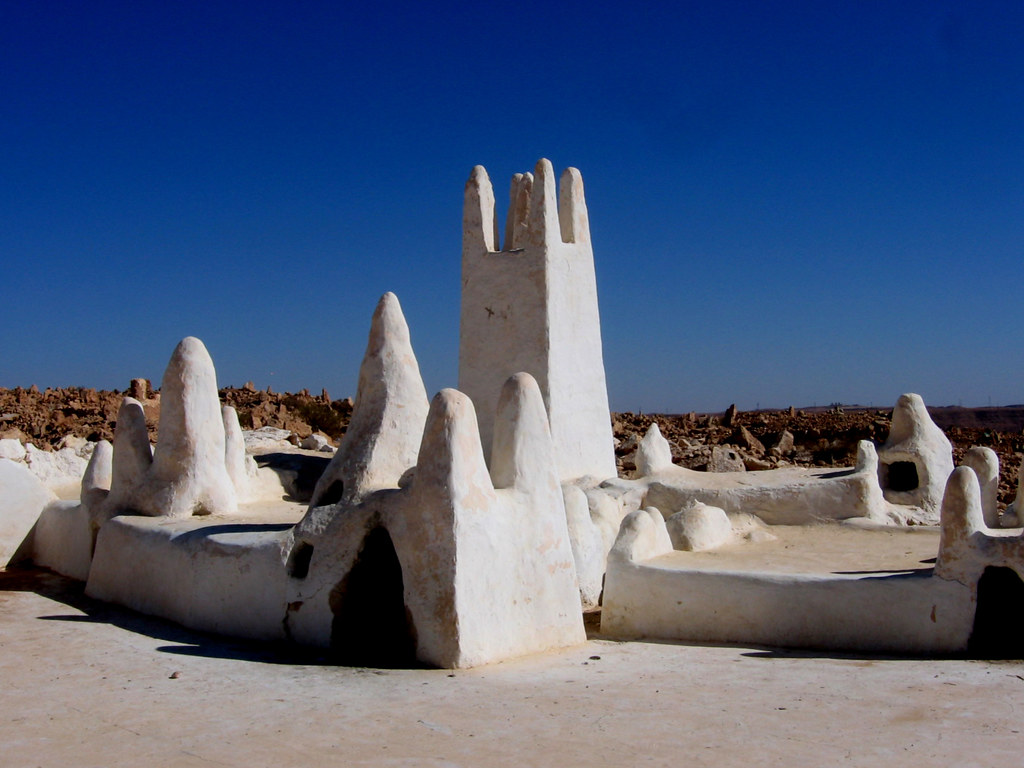
A traditional human habitat created in the 10th century by the Ibadites around their five ksour (fortified cities), has been preserved intact in the M’Zab valley.
Simple, functional and perfectly adapted to the environment, the architecture of M’Zab was designed for community living while conforming to the structure of the family. It is a source of inspiration for today’s urban planners.
Al Qal’a of Beni Hammad (1980)
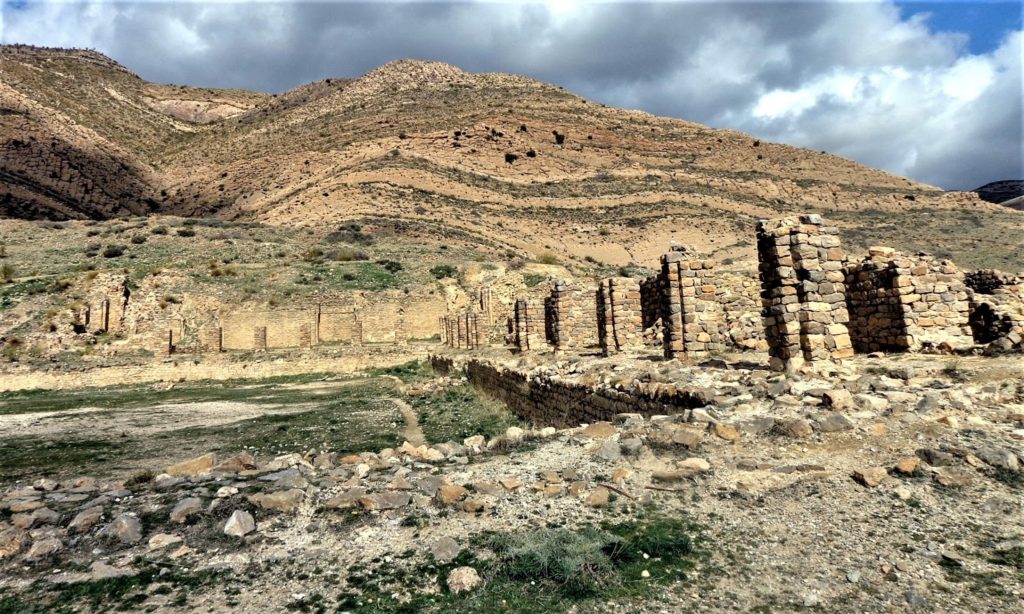
Al Qal’a of Beni Hammad, also known as Beni Hammad Fort, is a fortified palatine city from the 11th century Algeria. It is one of the cultural sites under the list of UNESCO World Heritage Sites in Algeria.
In a mountainous site of extraordinary beauty, the ruins of the first capital of the Hammadid emirs, founded in 1007 and demolished in 1152, provide an authentic picture of a fortified Muslim city. The mosque, whose prayer room has 13 aisles with eight bays, is one of the largest in Algeria.
Kasbah of Algiers (1992)
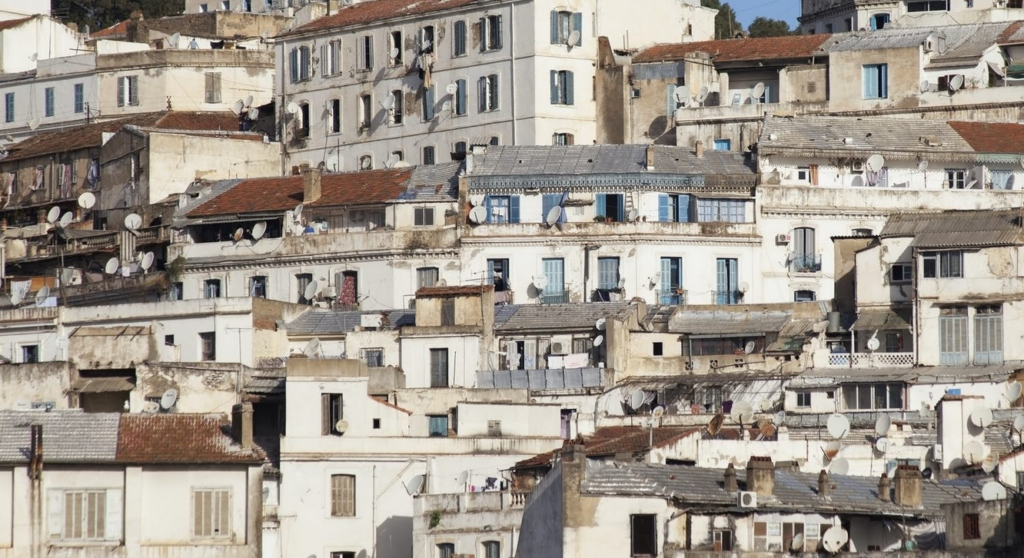
The Kasbah is a unique kind of medina or Islamic city. It stands in one of the finest coastal sites on the Mediterranean where a Carthaginian trading-post was established in the 4th century B.C.
The Kasbah contains the remains of the citadel, old mosques and palaces as well as the vestiges of a traditional urban structure associated with a deep-rooted sense of community.
Tipasa (1982)
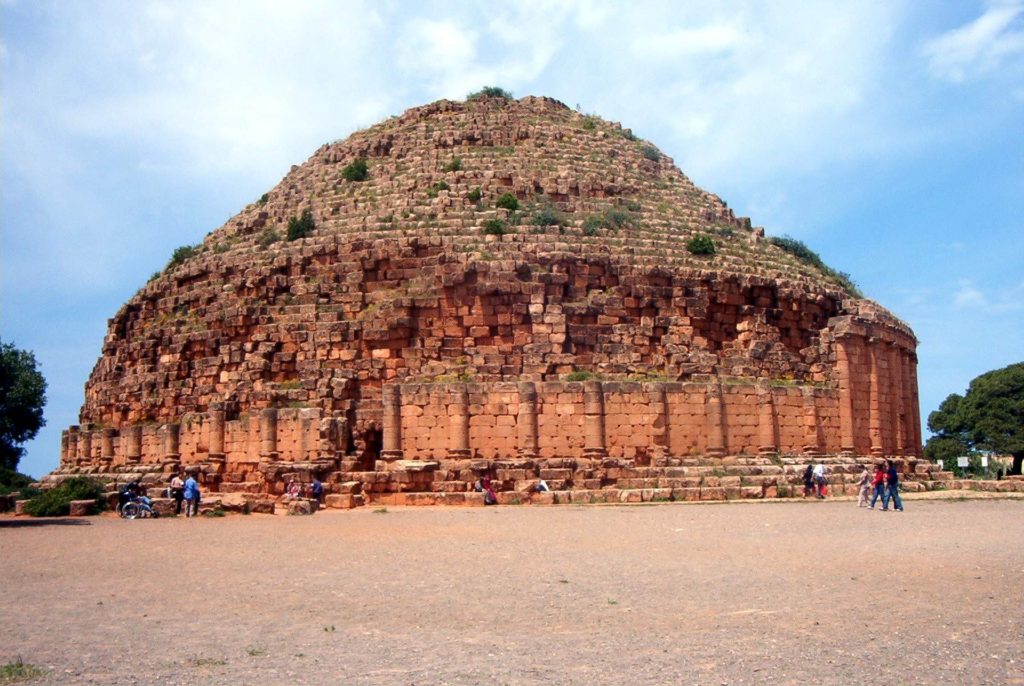
This 52-hectare property was inscribed into the list of UNESCO World Heritage Sites in Algeria in 1982.
Located along the shores of the Mediterranean, Tipasa is an ancient trading post that came under the rule of Ancient Rome. Eventually, the ancient town was converted into a strategic base during the conquest of the kingdoms of Mauritania.
In this ancient town, you will find a wide collection of ruins depicting Roman, Phoenician, Byzantina and Paleo-Christian structures and monuments. You will find these structures and monuments co-exist with other indigenous monuments including the great royal mausoleum of Mauretania.
